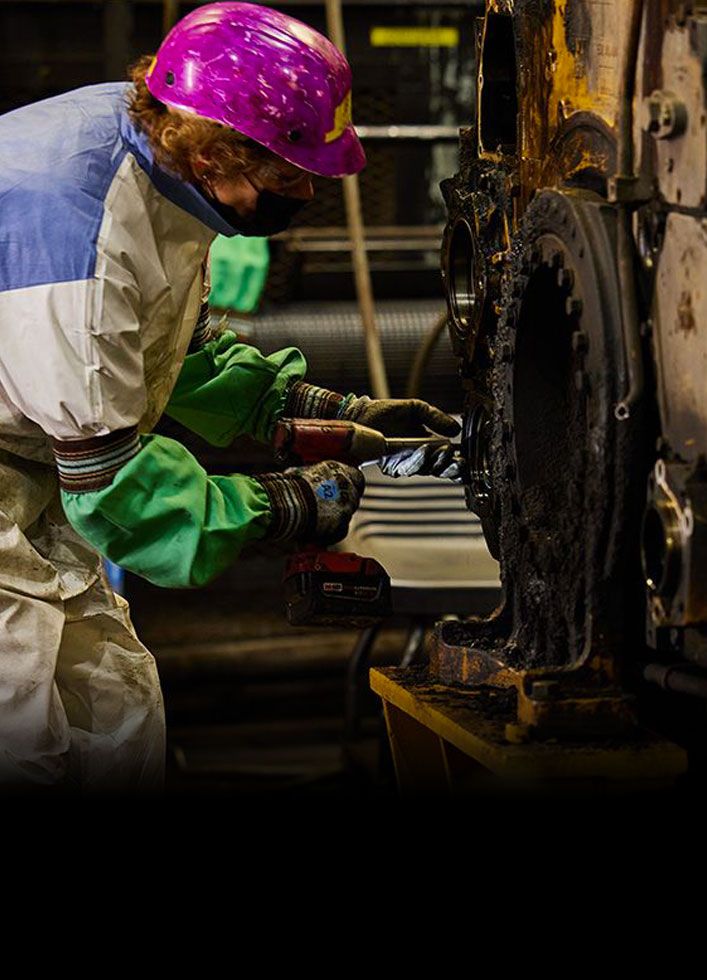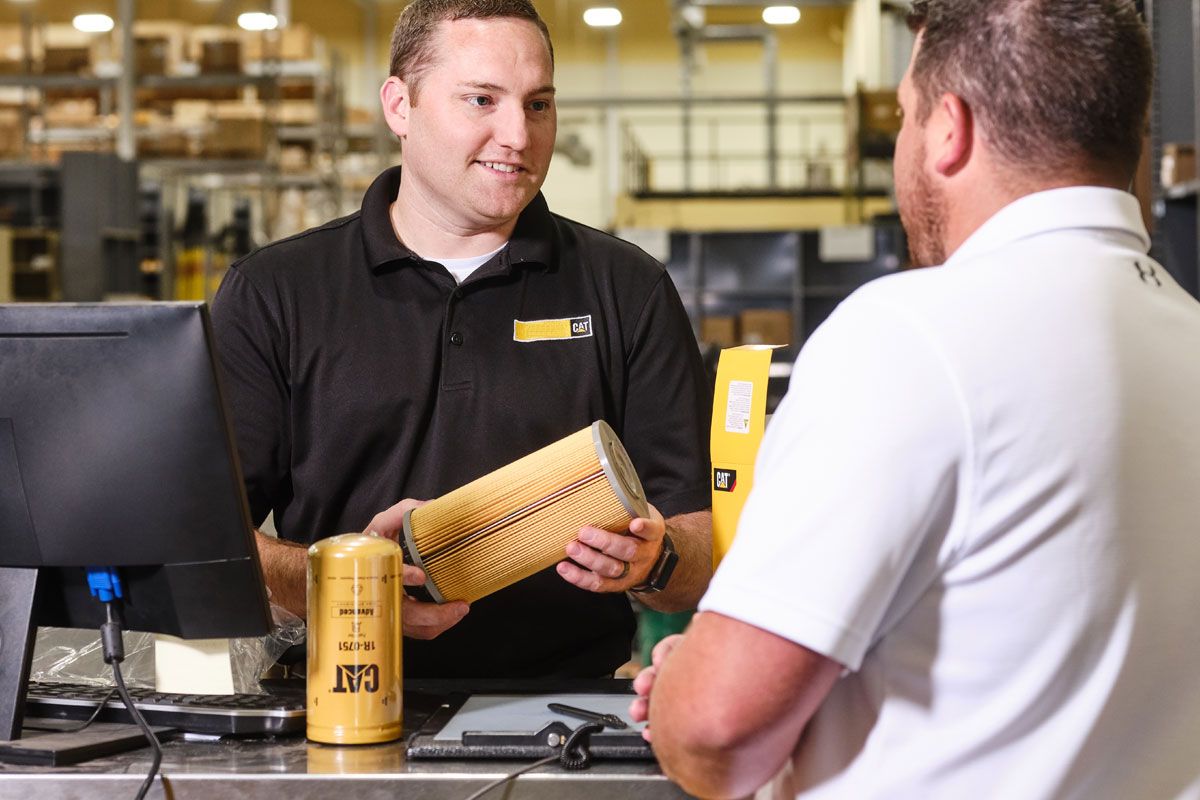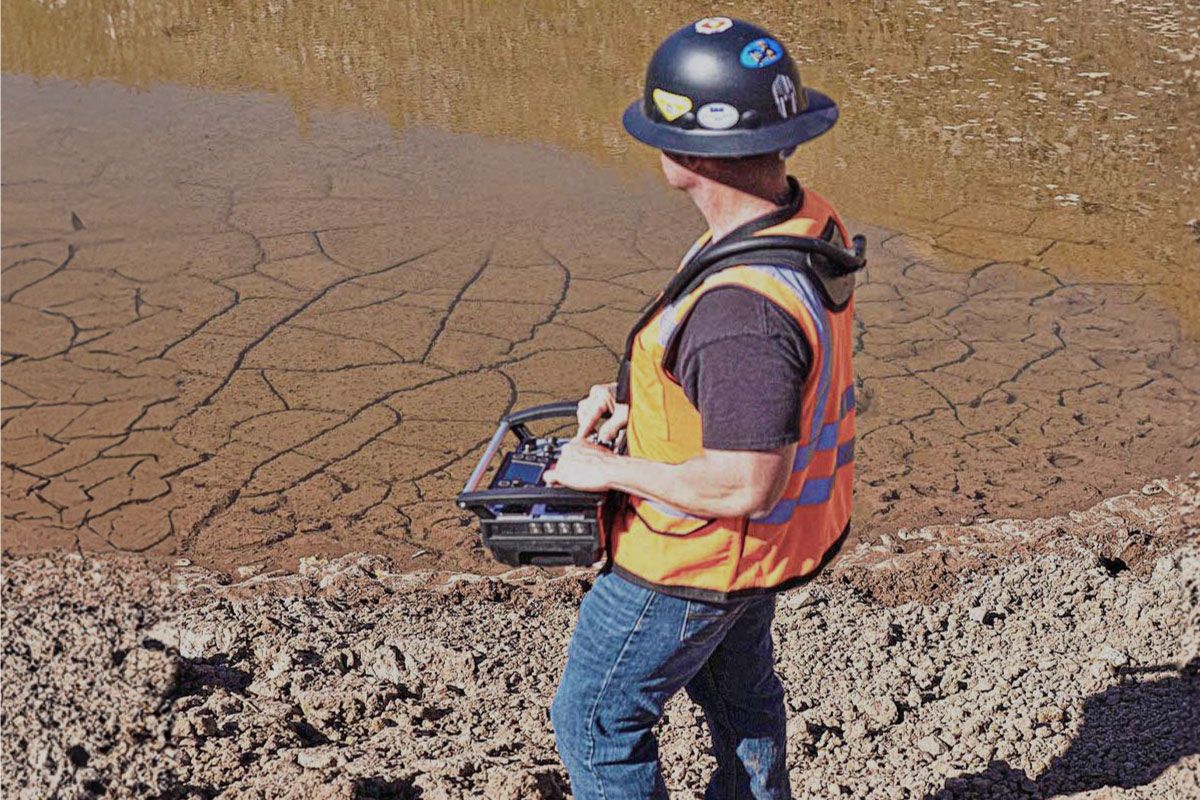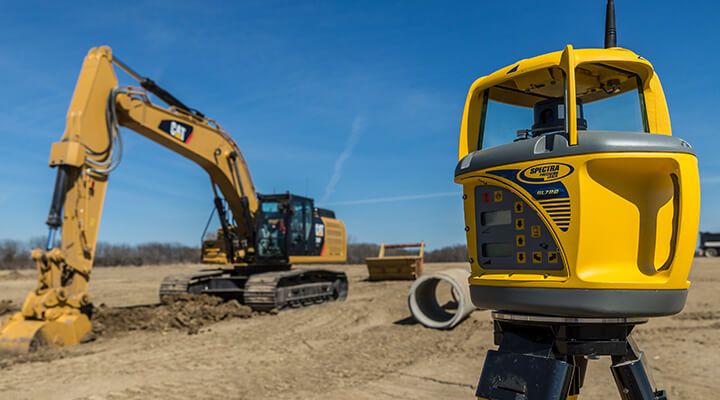

Sign In
Welcome! Sign In to personalize your Cat.com experience
If you already have an existing account with another Cat App, you can use the same account to sign in here
Register Now
One Account. All of Cat.
Your Caterpillar account is the single account you use to log in to select services and applications we offer. Shop for parts and machines online, manage your fleet, go mobile, and more.
Account Information
Site Settings
Security
7 tips for Cat® diesel engine
winter maintenance
Proper industrial diesel engine maintenance keeps engines running longer and reduces downtime.
Jenni Gritti Probst | Contributor
Diesel engines are harder to start than gasoline engines when the temperatures drop in the winter. When diesel fuel sits at near or below freezing temperatures, it gels, and cold cylinder walls and batteries also operate at reduced power. If you don’t prepare for the cold, you’ll have problems starting and maintaining your Cat® industrial diesel engines.
Here are 7 tips for maximizing the performance of diesel engines during the colder winter months.
1. Winterize your fuel habits.
If you can’t control the temperatures outside, you can control which fuel you use. Go with a winter-blended fuel that is less likely to gel. Portable fuel cans should be stored in a temperature-controlled environment to avoid condensation. When your machine is no longer in use for the day, fill the fuel tank, and drain water from the fuel filter so it doesn’t freeze up overnight. Replace a gelled filter when you have one handy.
2. Lighten your oil.
A cold engine operates more effectively with a lighter weight engine oil, but don’t go below the weights recommended by the engine manufacturer. That might cause lubrication issues when the temperatures eventually rise again.
3. Practice good filter maintenance.
Each year, it’s important to swap out your fuel filter before the colder temperatures arrive. You’ll be glad you didn’t tackle the task in the cold. It’s also a good idea to keep a spare fuel filter handy because it’s easier to replace a frozen filter than it is to thaw it.
4. Stay cool in the cold.
A lack of glycol raises the freeze point of your coolant. Once your engine is running hot, the glycol in your coolant can burn off. A lack of glycol lowers the freezing temperature of the coolant. Use a hydrometer to regularly check your coolant. If your coolant is low, never top if off with plain water as it will freeze in your engine. Use the proper mix of water and glycol. Be careful of longer engine idle times that cause an engine to overcool.
5. Protect your engines from the elements.
If you love your engine, you’ll keep it out of harm’s way. You might not have heated garages for your fleet of machines—and you can’t take the winter months off—but you can store your equipment indoors or out of the way of winter winds.
When it’s time to work, let your diesel engine warm up for at least five minutes, allowing engine oil, hydraulic oil, diesel exhaust fluid and coolant to reach an effective operating temperature. Where applicable, use a block heater to keep your engines warm. They’ll be easier to start, and there will be less smoke from fuel that can’t burn.
If you are able to use a battery warmer, you can solve a powerful problem. Batteries that have cooled to 32°F (0°C) can lose up to 35% of their power.
6. Keep diesel exhaust fluid above freezing.
Diesel exhaust fluid (DEF) consists of 67.5% water and 32.5% Urea. Once the machine is running, the DEF tank heater will thaw the fluid.

7. Think ahead with inspections.
Engine work isn’t fun to do with frozen fingers. Take care of inspections and part replacement before the colder temperatures arrive. Make it a habit to check and change filters, glow plugs and air inlet heaters during the fall.
A little preparation goes a long way. The work you put in before the long winter will pay dividends each day. Proper industrial diesel engine maintenance keeps engines running longer and reduces downtime. If you’re thinking of upgrading your industrial diesel engine, talk to a Cat dealer today.


Jenni Gritti Probst
Contributor
Not one to walk away from the chance to tell a good tale, Jenni spends her days crafting and sharing stories of the people, products and services that make the world a better place. When she’s not working her dream job at Caterpillar, she’s usually outdoors hiking, exploring, and playing in the dirt.
RELATED ARTICLES
You’re here to get ideas to grow your business. Read on for machine insights and expert tips and tricks to get more out of every job.
-
5 Ways Cat® Technology Can Help Your Construction Operation
An experienced Cat expert describes how Cat construction technology can make your business safer, more productive and more efficient.
Learn More -
Machine Telematics
Harness the data of your machines through telematics subscriptions. Find maintenance problems early, increase productivity and save money by following our telematics guide.
Learn More -
5 Reasons to put Technology on Your To Do List
Getting more done at the lowest cost is the goal. Seems simple enough, but as we all know the challenges are many. The good news is that in the same way technology can bring new levels of efficiency to our work.
Learn More -
Five Reasons To Put Technology On Your To-Do List
Technology has made our lives easier, it can bring new levels of efficiency to our work.
Learn More








